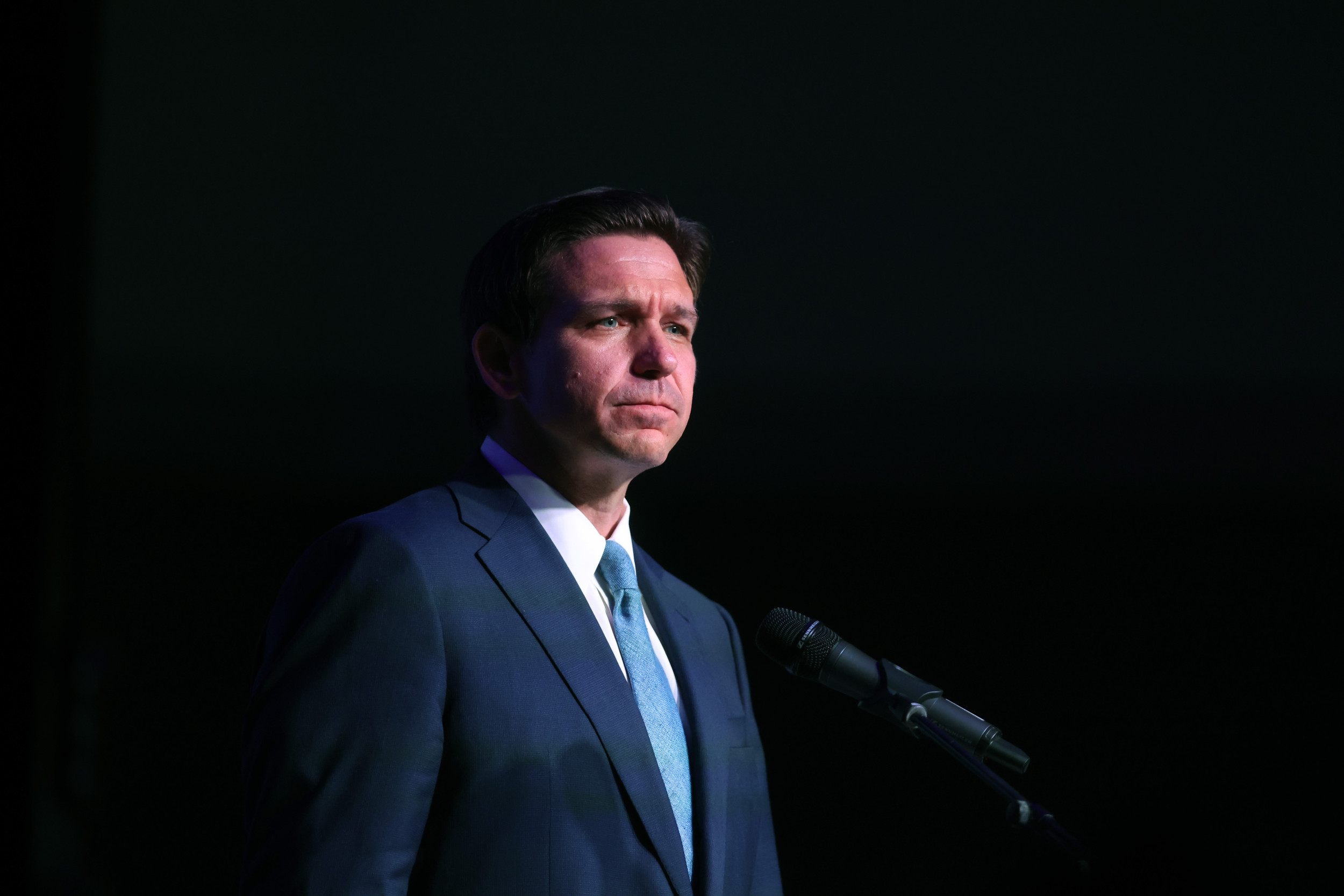Student Loan Cancellation Update: Relief Options as Payments Get Start Date
Americans saddled with student debt are facing a looming deadline as they wait to hear if President Joe Biden's student loan forgiveness plan will be greenlit by the Supreme Court.
As the Supreme Court debates whether the Biden Administration overstepped when announcing a student loan forgiveness plan that could relieve up to $20,000 of student debt for those who qualify, a plan that could cost the government up to $400 billion, the U.S. Department of Education is preparing for student loan payments to resume 60 days after the pause ends June 30. The pause is set to end June 30 or whenever the Supreme Court reached a decision, whichever came first. Then, payments will resume 60 days after the pause is lifted.
Since the payment pause took hold during the COVID-19 pandemic, student loans have not been collecting interest and no minimum payment has been required. Some student loan borrowers received a check for making voluntary payments during the payment pause if the payments dropped the debtor's student loan amount below the amount of debt relief they could receive under Biden's plan.

With the official end to the COVID-19 pandemic, many will once again face thousands of dollars' worth of debt when the pause expires.
Existing Student Loan Forgiveness Options
Many are doubtful the Supreme Court—which is dominated 6-3 by conservative justices—will rule in favor of Biden's plan. The uncertainty around the Supreme Court's decision has Americans turning their attention to other relief options for student debt, of which there are several.
"Existing loan forgiveness and discharge options authorized by Congress include public service loan forgiveness, teacher loan forgiveness, closed school discharge, total and permanent disability discharge, death discharge, borrower defense to repayment discharge, false certification discharge, unpaid refund discharge, and forgiveness after 20 or 25 years in an income-driven repayment (IDR) plan," student loan expert Mark Kantrowitz told Newsweek. "All of these except for the IDR forgiveness are narrowly targeted based on service by the borrower, an inability of the borrower to repay the debt, or the borrower's ability to repudiate the debt."
Borrowers could see relief with Biden's newly minted Income-Driven Repayment Account Adjustment, which allows borrowers to repay federal loans at a rate with respect to their income, marital status and other demographics, like family size. Payments are adjusted annually, and the borrower can be eligible for complete loan forgiveness if a balance remains 20 to 25 years into the loan.
The new parameters for the IDR Account Adjustment allow borrowers to consolidate their loans—often with different repayment plans and therefore different forgiveness dates—and receive the maximum amount of credit toward the loan forgiveness. The deadline for the IDR Account Adjustment has been extended through the end of the year.
What About Parent PLUS Loans?
A Parent PLUS Loan, or loan that a parent borrows for their child's education and is responsible for repayment after the child leaves school, has often been ineligible for federal loan forgiveness options.
However, Forbes reported that new guidelines around the Parent PLUS loans were released by the Department of Education earlier this year. The loans are now able to receive credit under Biden's IDR Account Adjustment plan, accelerating the loan's path to forgiveness through the same timeline that is applied to IDR Account Adjustment plans.
Kantrowitz said there are other options available for borrowers struggling to repay their debt.
"If a borrower is struggling to repay their debt, they have several options for continuing a payment pause (but not an interest waiver) when repayment restarts," he said. "These include the economic hardship deferment, unemployment deferment and general forbearance. These suspend the repayment obligation, but interest may continue to accrue."








